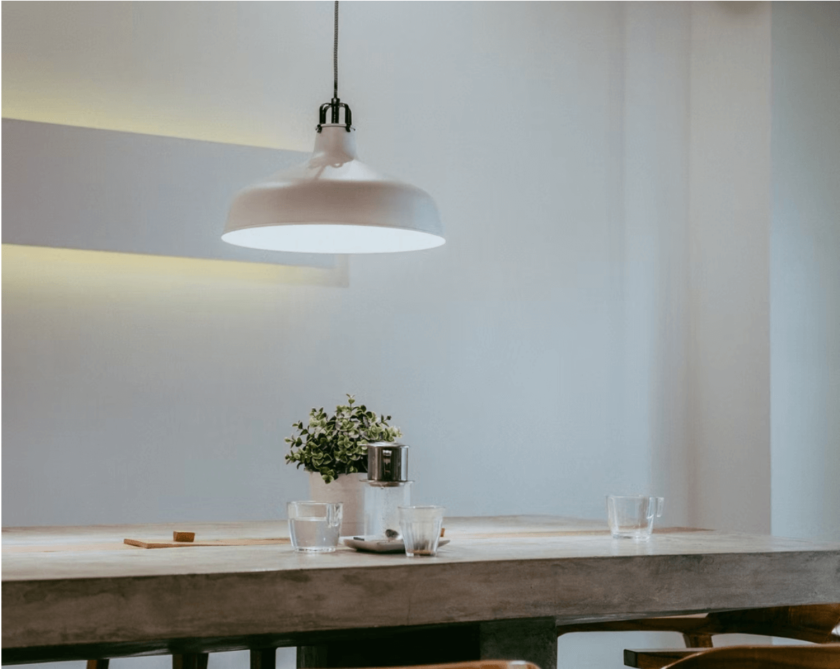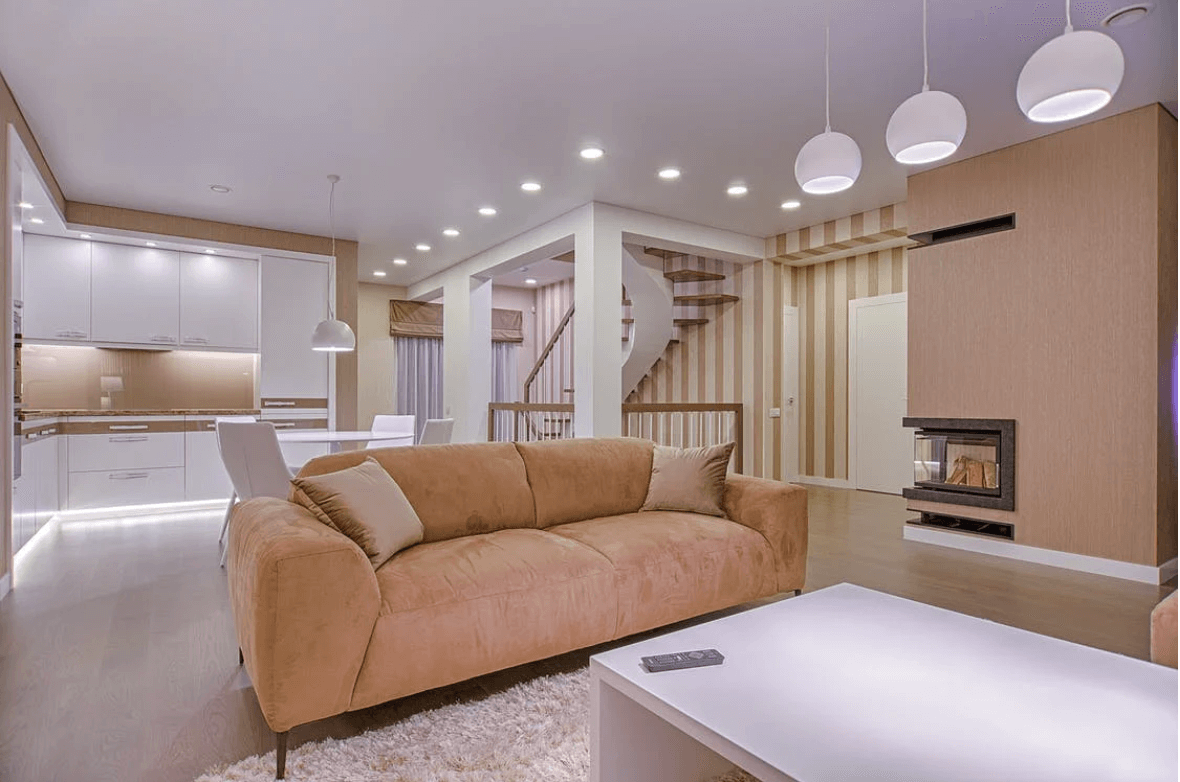According to architects, poor lighting is the best way to ruin beautiful architecture and design. If you don’t use the proper lighting, even if you have a lot of money to spend on furnishing your home with pricey, high-quality, and elegant furniture, the beauty of the furniture will typically be forgotten in the shadows.
Every designer is aware of how important good lighting is to interior design. Every home’s interior will look elegant and contemporary with carefully chosen and strategically placed lighting.
It’s never simple to decide on lighting and how to illuminate a specific space. Naturally, the task is even more challenging when the entire house needs to be lit. The first thing you should be aware of is that there are no hard-and-fast guidelines for interior lighting—only suggestions and tips. Everyone has a different aesthetic preference regarding the types and aesthetics of lighting they select, as well as the level of illumination they seek.
However, if you want to find out a little bit more about your lighting options and how to select the appropriate lighting for each room in your house, you’ve found the right place.
Don’t Forget Task Lighting
To provide light for specific tasks, such as reading a book or applying makeup in front of a mirror, task lighting is used. These lights are only ever used to illuminate a small portion of the room, never the entire space.
Brighter task lighting is essential for safe and comfortable working conditions and goes beyond aesthetic considerations. LED downlights are the ideal choice for this purpose because they provide excellent lighting and complete aesthetic satisfaction. Simply check this site if you decide on this option and look at the best selection of this type of lighting. In any home, task lighting is a useful lighting feature. It is essential for facilitating daily life in a variety of settings, including kitchens, workbenches, and offices. It provides workspace illumination so you can see crucial details.
It is also crucial for your eye health, in addition to making your work easier to see. Eye problems and eye strain can result from poor lighting.
Consider Where You Need Light
Consider the areas where you will require the most lighting. It’s common practice to install a ceiling fan with lights in the middle of the space and call the job finished, but this isn’t always the best solution. For instance, you might want more direct lighting if you frequently read while lounging on the couch or in a recliner. Yes, you are free to use lamps, but sometimes their size just isn’t appropriate for the room.
The majority of people prefer adequate lighting in the kitchen, near the bathroom mirror, and in any workspace. However, you might prefer softer, less directional lighting in the living room and bedrooms. Everything hinges on what you choose to do there.
Think About Fixtures
In a bedroom or a living room, installing a lighted ceiling fan might be the ideal choice, but it won’t look right in your dining area. There are many different kinds of lighting fixtures available, including chandeliers, wall sconces, and multi-bulb options. Closets and other small spaces might have a single-bulb fixture in the center of the ceiling, whereas bathrooms frequently have lights attached to the wall near the mirror. Think about how each fixture will both functionally and aesthetically change the space.
Less is More
Maintain a unified theme, color palette, and material finishes throughout the house, particularly when it comes to lighting. The home may look disorganized and uneasy if there are numerous different styles used throughout. Darker colors add a touch of luxury and coziness, while neutral, lighter colors will open up a room and make it seem larger. Statement pops of color, such as those found in lampshades, will also add interest. Be straightforward and consistent.

Make a Plan
Last but not least – plan it out! Create a mini brief or lighting plan that covers the essentials if you’re beginning from scratch or rearranging a room. Consider the functions that are performed in every room (relaxing, working, eating), the salient characteristics of each space and any potential architectural constraints. Before making hasty design decisions, take into account factors such as style, scale, output, and even light temperature. Stress and hurried last-minute decisions are reduced with advanced planning.
General lighting is crucial for a home because it uplifts the mood and creates a welcoming atmosphere as opposed to dark and unattractive areas. Family and friends will stay away from the spaces if there is not enough lighting, and the small spaces will feel claustrophobic.

